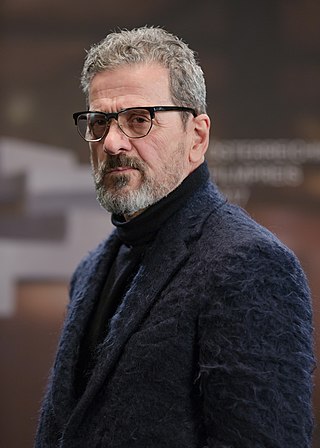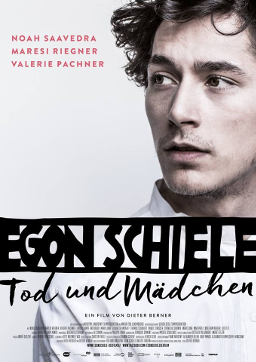See also
- Egon Schiele: Death and the Maiden , a 2016 Austrian film
Death and the Maiden, a concept ultimately derived from the Medieval "Dance of Death", may refer to:

Egon Leo Adolf Ludwig Schiele was an Austrian Expressionist painter. His work is noted for its intensity and its raw sexuality, and for the many self-portraits the artist produced, including nude self-portraits. The twisted body shapes and the expressive line that characterize Schiele's paintings and drawings mark the artist as an early exponent of Expressionism. Gustav Klimt, a figurative painter of the early 20th century, was a mentor to Schiele.
The Return may refer to:
Storyteller, story teller, or story-teller may refer to:
Family Portrait may refer to:
A family is a domestic or social group.
Swan song is a reference to an ancient, controversial belief that swans sing just before they die, and also an idiom for a final performance or accomplishment.

The String Quartet No. 14 in D minor, D 810, known as Death and the Maiden, is a piece by Franz Schubert that has been called "one of the pillars of the chamber music repertoire". It was composed in 1824, after the composer suffered a serious illness and realized that he was dying. It is named for the theme of the second movement, which Schubert took from a song he wrote in 1817 of the same title. But, writes Walter Willson Cobbett, all four movements of the quartet are welded "into a unity under the pressure of a dominating idea - the dance of death."
The Killer may refer to:
Brave New World is a 1932 novel by Aldous Huxley.
Prometheus is a figure in Greek mythology.
Last days is the time period described by the eschatology of various religions.
Beauty is an aesthetic characteristic.
A sacrifice is the practice of offering food, or the lives of animals or people to the gods, as an act of propitiation or worship.
Twilight is the time of day before sunrise or after sunset.

Death and the Maiden was a common motif in Renaissance art, especially painting and prints in Germany. The usual form shows just two figures, with a young woman being seized by a personification of Death, often shown as a skeleton. Variants may include other figures. It developed from the Danse Macabre with an added erotic subtext. The German artist Hans Baldung depicted it several times.
For Whom the Bell Tolls is a 1940 novel by Ernest Hemingway. Its title originated from John Donne's 1624 work Devotions upon Emergent Occasions.

Egon Schiele – Exzess und Bestrafung, also known as Egon Schiele – Excess and Punishment (English) and Egon Schiele, enfer et passion (French) is a 1980 film based on the life of the Austrian artist Egon Schiele. Set in Austria during the years immediately prior to and during the Great War, the film stars Mathieu Carriere as Schiele, with Jane Birkin as his muse Walburga (Wally) Neuzil, Christine Kaufmann as his wife Edith, and Kristina van Eyck as Edith's sister. Essentially a depiction of obsession and its constituents of sex, alcohol, and uncontrolled emotions, the film portrays Schiele as an agent of social change leading to the destruction of those he loves and ultimately of himself.

Franz Novotny is an Austrian film producer, director and screenwriter who was born in Vienna. His 2003 film Yu was entered into the 25th Moscow International Film Festival.

Egon Schiele: Death and the Maiden is a 2016 Austrian / Luxembourgish biographical film directed by Dieter Berner.

Death and the Maiden is an oil on canvas painting by the Austrian painter Egon Schiele from 1915. It is exhibited in the Österreichische Galerie Belvedere, in Vienna. Schiele initially named the large picture measuring 150 by 180 centimeters as Man and Girl and also Entwined People.